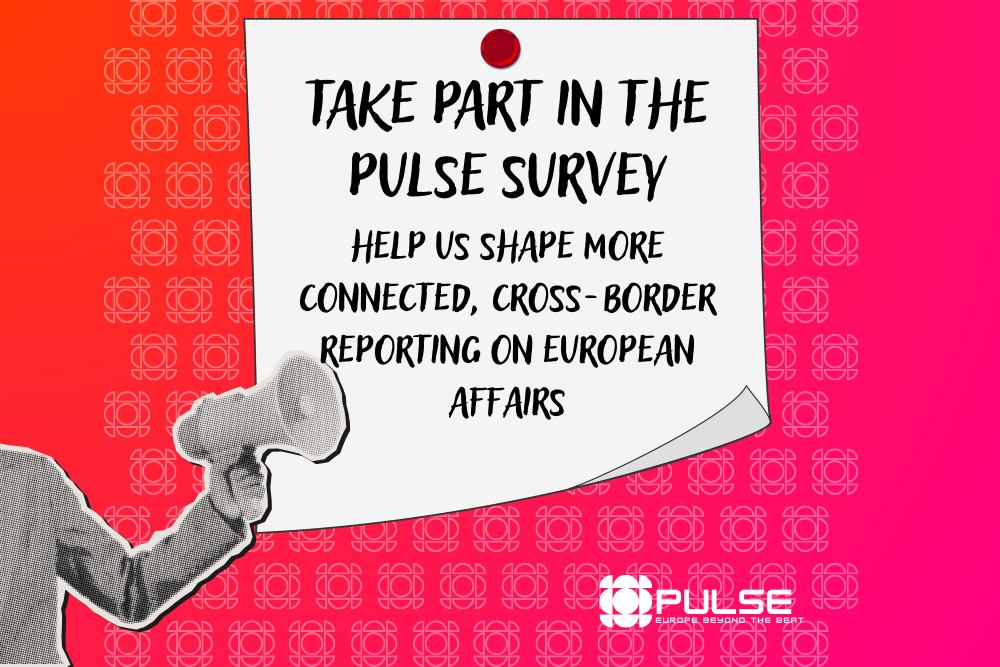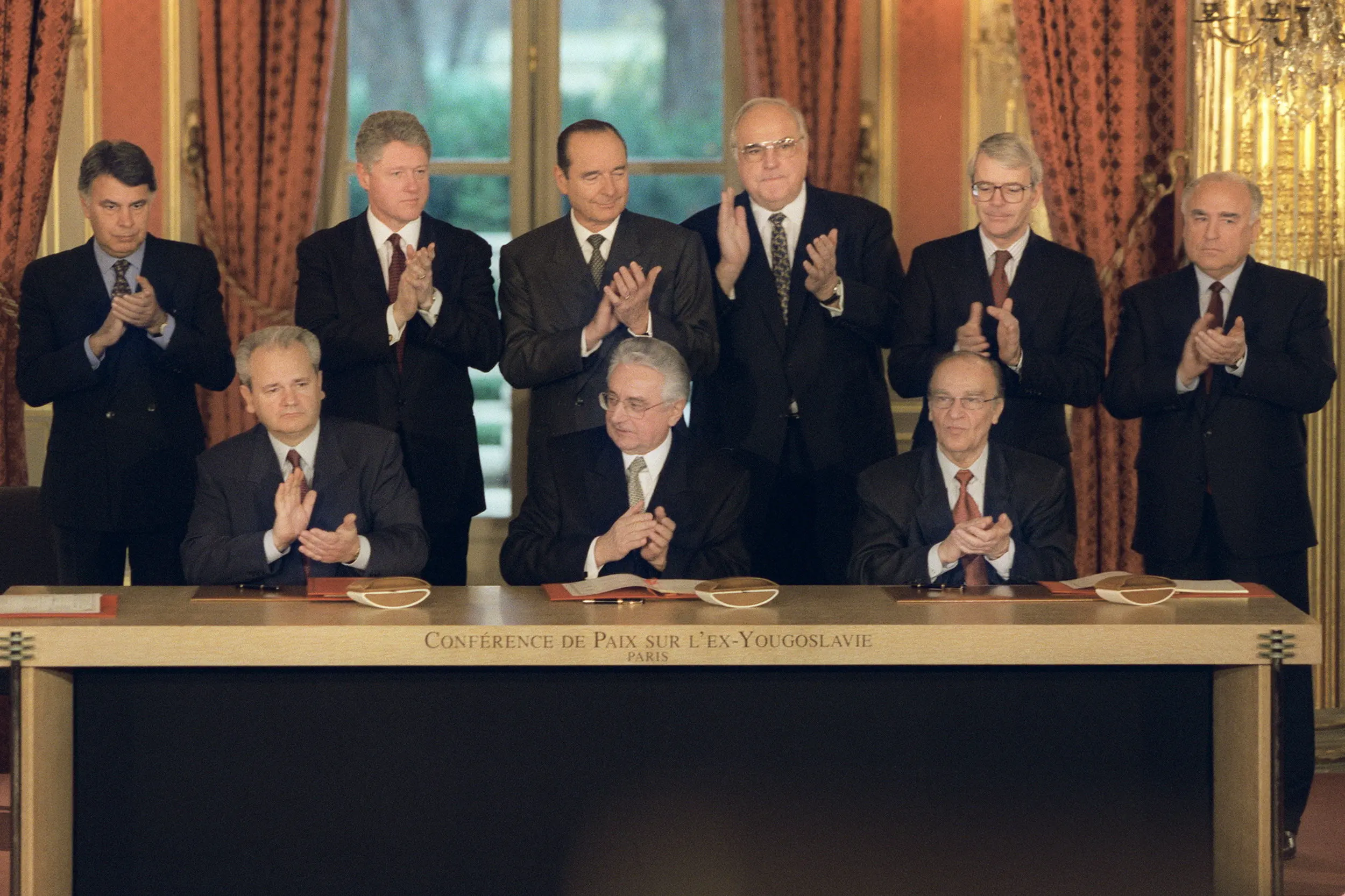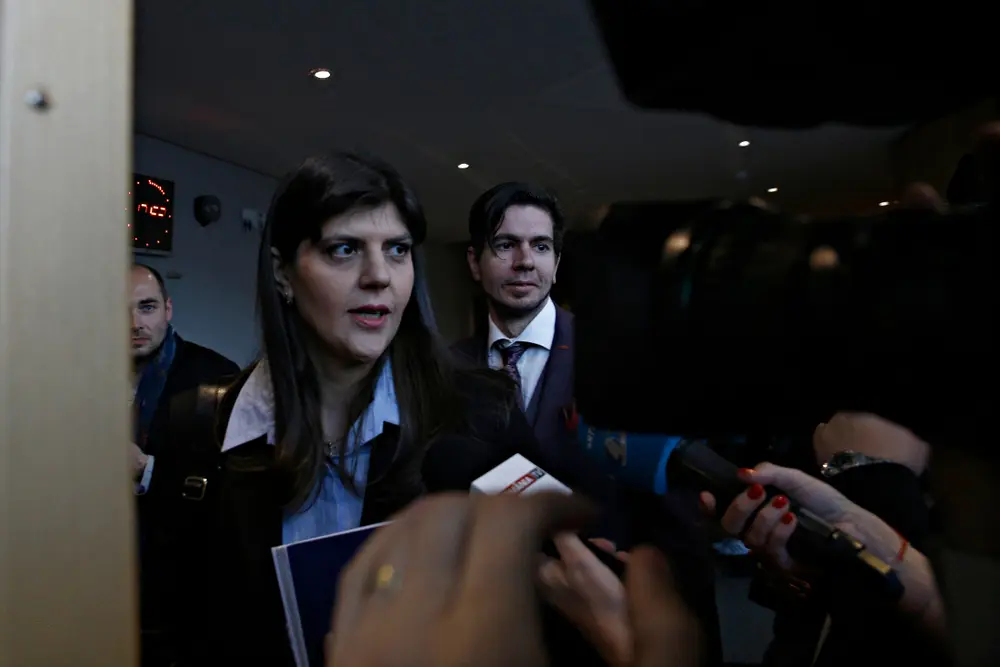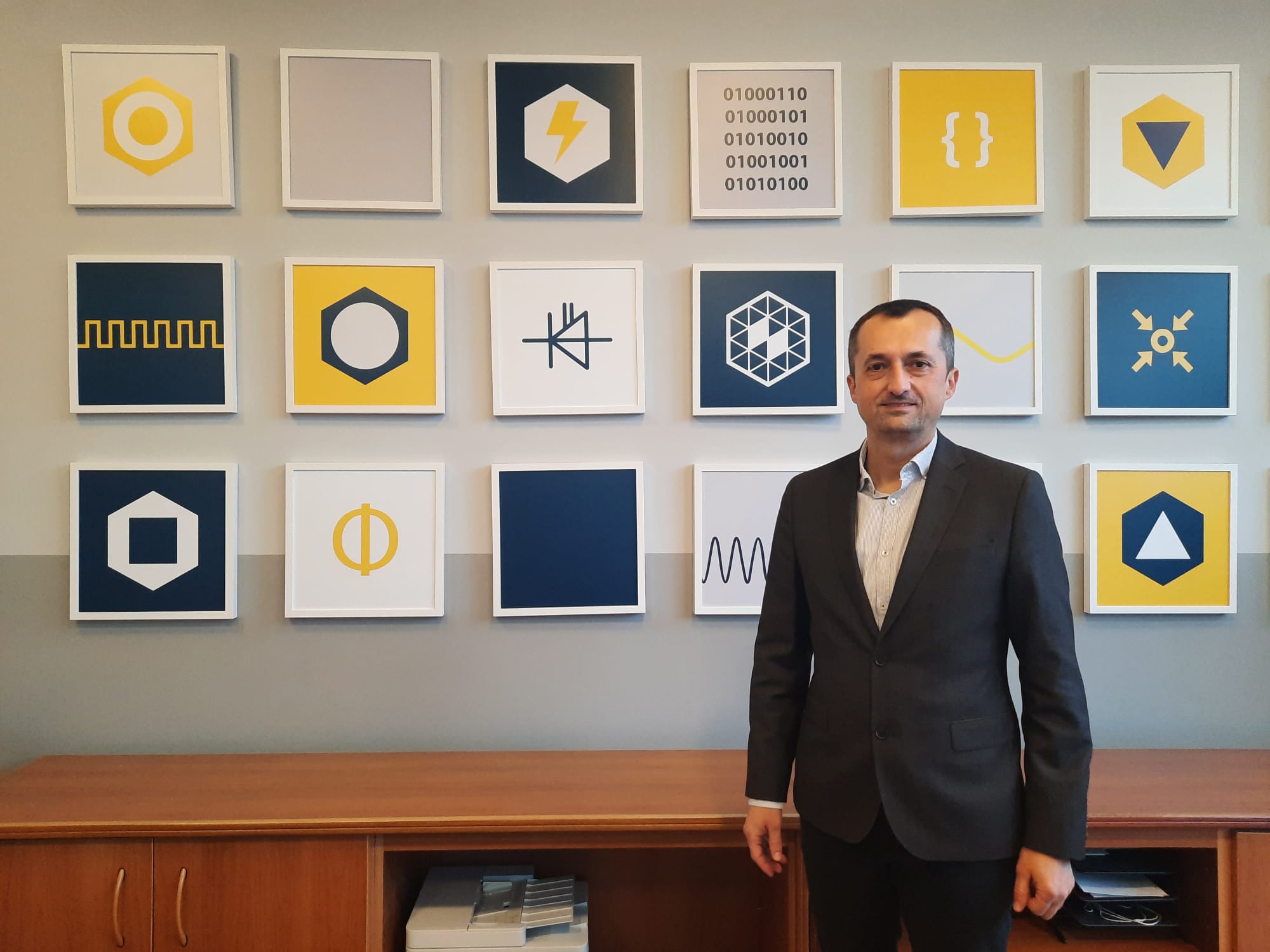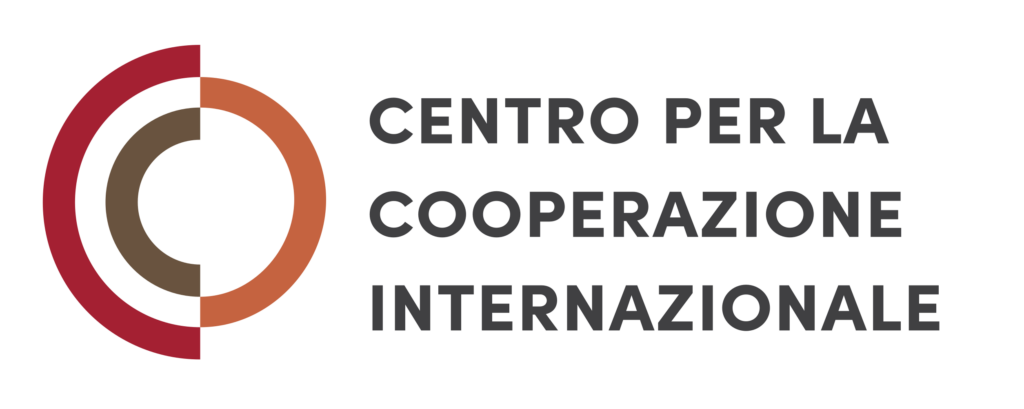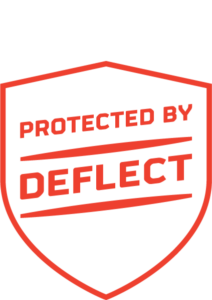Extreme fires: from the obsession with control to management
In times when fire reaches previously unknown intensities, fighting it with force is not enough: scientific knowledge and collaboration are needed to question old strategies and develop new ones
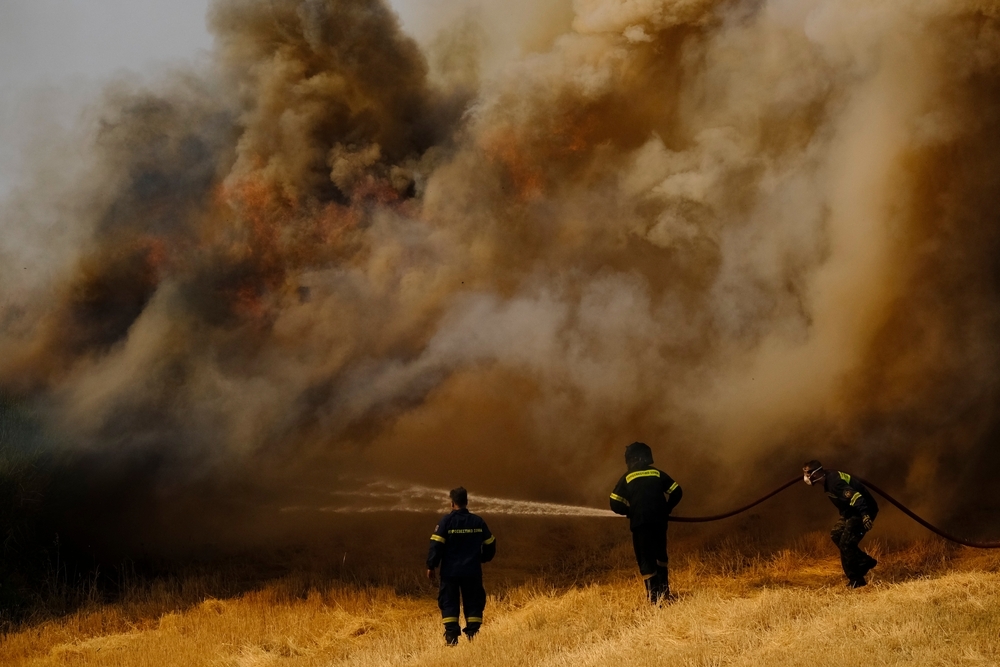
Extreme-fires-from-the-obsession-with-control-to-management
© Alexandros Michailidis/Shutterstock
How can we defend ourselves from fires that, by definition, cannot be put out even with the most powerful Canadairs, nor predicted with precision? To address the threat of extreme fires, it is difficult to resist the temptation of a purely muscular effort to fight and put out the fire at all costs. Only with a deeper understanding of fires, of the new climatic conditions that make them possible and of their interaction with forests – including the activities of those who live there – is it possible to address this new threat effectively, implementing effective prevention, early warning systems and useful strategies to "tame the fire" during emergencies.
Why we cannot put out extreme fires
Over the last century, humans have become accustomed to considering natural phenomena, including fire, as being under their full control. The new extreme fires, however, are not only quantitatively more frequent than those of the past but qualitatively different. The convective motions generated by the heat, for example, generate turbulence in the atmosphere up to altitudes higher than the operational safety of flight aircraft such as Canadairs. “The planes have to fly so high that the water vaporizes before reaching the flames,” explains Sergio Pirone of the TIEMS organization, a partner of Fire-Res.
Seeing these aircraft as a panacea masks the fact that, even in “normal” fires, the decisive contribution comes from the teams on the ground. “The planes are used to lower the power of the flames, so that they can then reach the teams on the ground, who operate with flames up to 2 meters high.
In some cases, however, it is impossible to operate safely." The scientific literature, he explains, confirms that a different approach is needed. "In many countries, however, they persist in focusing only on these means. They have not understood that the rules of the game have changed." In the new context, even systems to stop the spread of fires, such as firebreaks (deforested strips a few hundred meters wide) become useless. “If the fire is convective, or with high intensity due to the winds, spotting (the distant spread of flames) overcomes them easily”.
Anticipate and prevent
A crucial challenge posed by extreme fires is their unpredictability. With current knowledge, it is difficult to understand both when and if a fire will take on extreme, convective behavior, and where it will go once it has started. Today in Europe, danger indices are used based mainly on meteorological conditions (the most widespread is the Fire Weather Index, of Canadian origin). To anticipate the behavior of a fire, it is increasingly urgent to integrate increasingly accurate weather data and models with in-depth knowledge of the territory.
Research and technology (including artificial intelligence) can make the difference. Andrés Weintraub of the University of Chile, a partner in Fire-Res, is among the researchers working on a detailed understanding of the undergrowth (and therefore of the fuel). Among the most promising methods, the comparison between satellite images, which see the forest “from above,” and detailed models of the terrain obtained with laser detection from aircraft (LiDAR) allows a mapping of the undergrowth and therefore of the fuel that was previously unthinkable.
“Once the fire has taken over the crowns, it is practically impossible to stop it. To know when it will happen, you need to know the vegetation under the crowns, but so far this has been very difficult on a large scale,” he explains. By combining meteorological indices with terrain mapping, Fire-Res is testing new forecasting models up to 9 days ahead with encouraging results.
An effective forecast, adds Pirone, can not only limit the damage, but sometimes prevent extreme fires from occurring. “Extreme fires, like all others, are almost always of anthropogenic origin. In certain circumstances, you could start intensified control in certain areas or prevent access to the woods, stopping fires in their tracks.”
Managing the fire
When an extreme fire breaks out, one of the worst mistakes is to think of putting it out like any other fire. “You must always keep in mind the difference between strategy, that is, the definition of objectives, and tactics, that is, the way to bring them home. Both change during extreme fires. For example, the objective does not necessarily coincide with a total extinguishment according to classic and known techniques, but its management,” explains Pirone.
Managing an extreme fire means guiding its evolution in such a way as to minimize damage and risks to human life, and bring it back as soon as possible to intensities more suitable to be faced by firefighters and the personnel in charge.
To do this, it is necessary to act both in the prevention phase – with forests and agricultural landscapes also planned based on their resilience – and during emergencies.
Modern management plans can divide the territory into areas (polygons) that have a specific fire behavior. "A pine forest or a beech forest, for example, burn differently than a vineyard – explains Pirone – but topographical factors also have an influence". The interventions must be designed to prevent the fire from reaching the classes of territory with the highest transmission. “We work on increasingly detailed mapping to identify critical points – the so-called tactical points – crucial for the evolution of a fire. We can also create them by using prescribed fire to reduce fuel. Even traditional barriers can be rethought: no longer firebreaks, but active green firebreaks, made of less dense woods, shrubs, pastures: the fire overtakes them, but loses intensity”.
Operators, Pirone continues, must know how to take advantage of the moments and places in which intervention is possible. “Operational windows can be territorial, such as a valley, a pasture in which it is possible to apply tactical fire, or meteorological: during a convective fire, for example, there are moments in which the fire slows down on the ground”.
Speaking the same language
To intervene in the era of extreme fires, timing is everything. “All fires start out small. What makes the difference are the so-called golden 20, the first twenty minutes, after which the scenario changes continuously”. From that moment on, timeliness is even more essential, but difficult to achieve: it requires massive resources and a large, coordinated team. Cooperation between different states will be increasingly important: “To take advantage of the operational windows, there must be many of us and therefore we must be ready to intervene even from abroad”.
The European Union has already understood the need to strengthen collaboration in emergencies with the European Civil Protection Mechanism, which also involves non-member countries. Applying it to extreme fires, however, requires challenges that go well beyond the massive use of heavy vehicles such as the European fleet of 24 planes and 4 firefighting helicopters envisaged by rescEU, a new European strategic reserve of resources. “There is a huge problem of interoperability and poor communication”, explains Pirone. “Each country has its own speed of advancement, its own specialization. There is a risk of duplication and of not exploiting the solutions that already exist”.
The differences are sometimes trivial: hoses with different connections between countries or that work at different pressures, communications tuned to different frequencies. “It is not easy to expect millions of hydrants to be standardized, but sometimes a simple connection is enough to make the equipment interoperable”.
There is no shortage of joint European exercises (Modex), but for Pirone they are not enough because they are based on scenarios that are too standardized and do not always reflect the real characteristics of extreme fires. Fire-Res is working on tools to evaluate the degree of interoperability between rescuers from different countries, organizing training for professionals and meetings with the different actors in living labs . Rather than completely standardizing the systems, the goal is to have a clear and effective management system.
In Fire Res, some key figures have been identified such as the “Fire Analyst”, who analyzes the situation as a whole to support the decision-making process, and others who respond to the basic needs for managing the emergency, and who are recognizable beyond the frameworks and roles defined within their own borders. But for this “we need to speak the same language”. He is not talking about words, but about sharing an integrated approach that wants to understand the fire before fighting it.
As partners of the European project Fire-Res, we curate a newsletter with accessible science, reporting, and tools to promote a culture of resilient forests and communities. Subscribe here
This material is published in the context of the "FIRE-RES" project co-funded by the European Union (EU). The EU is in no way responsible for the information or views expressed within the framework of the project. Responsibility for the contents lies solely with OBC Transeuropa. Go to the FIRE-RES page
Tag: FIRE-RES
Featured articles
- Take part in the survey
Extreme fires: from the obsession with control to management
In times when fire reaches previously unknown intensities, fighting it with force is not enough: scientific knowledge and collaboration are needed to question old strategies and develop new ones

Extreme-fires-from-the-obsession-with-control-to-management
© Alexandros Michailidis/Shutterstock
How can we defend ourselves from fires that, by definition, cannot be put out even with the most powerful Canadairs, nor predicted with precision? To address the threat of extreme fires, it is difficult to resist the temptation of a purely muscular effort to fight and put out the fire at all costs. Only with a deeper understanding of fires, of the new climatic conditions that make them possible and of their interaction with forests – including the activities of those who live there – is it possible to address this new threat effectively, implementing effective prevention, early warning systems and useful strategies to "tame the fire" during emergencies.
Why we cannot put out extreme fires
Over the last century, humans have become accustomed to considering natural phenomena, including fire, as being under their full control. The new extreme fires, however, are not only quantitatively more frequent than those of the past but qualitatively different. The convective motions generated by the heat, for example, generate turbulence in the atmosphere up to altitudes higher than the operational safety of flight aircraft such as Canadairs. “The planes have to fly so high that the water vaporizes before reaching the flames,” explains Sergio Pirone of the TIEMS organization, a partner of Fire-Res.
Seeing these aircraft as a panacea masks the fact that, even in “normal” fires, the decisive contribution comes from the teams on the ground. “The planes are used to lower the power of the flames, so that they can then reach the teams on the ground, who operate with flames up to 2 meters high.
In some cases, however, it is impossible to operate safely." The scientific literature, he explains, confirms that a different approach is needed. "In many countries, however, they persist in focusing only on these means. They have not understood that the rules of the game have changed." In the new context, even systems to stop the spread of fires, such as firebreaks (deforested strips a few hundred meters wide) become useless. “If the fire is convective, or with high intensity due to the winds, spotting (the distant spread of flames) overcomes them easily”.
Anticipate and prevent
A crucial challenge posed by extreme fires is their unpredictability. With current knowledge, it is difficult to understand both when and if a fire will take on extreme, convective behavior, and where it will go once it has started. Today in Europe, danger indices are used based mainly on meteorological conditions (the most widespread is the Fire Weather Index, of Canadian origin). To anticipate the behavior of a fire, it is increasingly urgent to integrate increasingly accurate weather data and models with in-depth knowledge of the territory.
Research and technology (including artificial intelligence) can make the difference. Andrés Weintraub of the University of Chile, a partner in Fire-Res, is among the researchers working on a detailed understanding of the undergrowth (and therefore of the fuel). Among the most promising methods, the comparison between satellite images, which see the forest “from above,” and detailed models of the terrain obtained with laser detection from aircraft (LiDAR) allows a mapping of the undergrowth and therefore of the fuel that was previously unthinkable.
“Once the fire has taken over the crowns, it is practically impossible to stop it. To know when it will happen, you need to know the vegetation under the crowns, but so far this has been very difficult on a large scale,” he explains. By combining meteorological indices with terrain mapping, Fire-Res is testing new forecasting models up to 9 days ahead with encouraging results.
An effective forecast, adds Pirone, can not only limit the damage, but sometimes prevent extreme fires from occurring. “Extreme fires, like all others, are almost always of anthropogenic origin. In certain circumstances, you could start intensified control in certain areas or prevent access to the woods, stopping fires in their tracks.”
Managing the fire
When an extreme fire breaks out, one of the worst mistakes is to think of putting it out like any other fire. “You must always keep in mind the difference between strategy, that is, the definition of objectives, and tactics, that is, the way to bring them home. Both change during extreme fires. For example, the objective does not necessarily coincide with a total extinguishment according to classic and known techniques, but its management,” explains Pirone.
Managing an extreme fire means guiding its evolution in such a way as to minimize damage and risks to human life, and bring it back as soon as possible to intensities more suitable to be faced by firefighters and the personnel in charge.
To do this, it is necessary to act both in the prevention phase – with forests and agricultural landscapes also planned based on their resilience – and during emergencies.
Modern management plans can divide the territory into areas (polygons) that have a specific fire behavior. "A pine forest or a beech forest, for example, burn differently than a vineyard – explains Pirone – but topographical factors also have an influence". The interventions must be designed to prevent the fire from reaching the classes of territory with the highest transmission. “We work on increasingly detailed mapping to identify critical points – the so-called tactical points – crucial for the evolution of a fire. We can also create them by using prescribed fire to reduce fuel. Even traditional barriers can be rethought: no longer firebreaks, but active green firebreaks, made of less dense woods, shrubs, pastures: the fire overtakes them, but loses intensity”.
Operators, Pirone continues, must know how to take advantage of the moments and places in which intervention is possible. “Operational windows can be territorial, such as a valley, a pasture in which it is possible to apply tactical fire, or meteorological: during a convective fire, for example, there are moments in which the fire slows down on the ground”.
Speaking the same language
To intervene in the era of extreme fires, timing is everything. “All fires start out small. What makes the difference are the so-called golden 20, the first twenty minutes, after which the scenario changes continuously”. From that moment on, timeliness is even more essential, but difficult to achieve: it requires massive resources and a large, coordinated team. Cooperation between different states will be increasingly important: “To take advantage of the operational windows, there must be many of us and therefore we must be ready to intervene even from abroad”.
The European Union has already understood the need to strengthen collaboration in emergencies with the European Civil Protection Mechanism, which also involves non-member countries. Applying it to extreme fires, however, requires challenges that go well beyond the massive use of heavy vehicles such as the European fleet of 24 planes and 4 firefighting helicopters envisaged by rescEU, a new European strategic reserve of resources. “There is a huge problem of interoperability and poor communication”, explains Pirone. “Each country has its own speed of advancement, its own specialization. There is a risk of duplication and of not exploiting the solutions that already exist”.
The differences are sometimes trivial: hoses with different connections between countries or that work at different pressures, communications tuned to different frequencies. “It is not easy to expect millions of hydrants to be standardized, but sometimes a simple connection is enough to make the equipment interoperable”.
There is no shortage of joint European exercises (Modex), but for Pirone they are not enough because they are based on scenarios that are too standardized and do not always reflect the real characteristics of extreme fires. Fire-Res is working on tools to evaluate the degree of interoperability between rescuers from different countries, organizing training for professionals and meetings with the different actors in living labs . Rather than completely standardizing the systems, the goal is to have a clear and effective management system.
In Fire Res, some key figures have been identified such as the “Fire Analyst”, who analyzes the situation as a whole to support the decision-making process, and others who respond to the basic needs for managing the emergency, and who are recognizable beyond the frameworks and roles defined within their own borders. But for this “we need to speak the same language”. He is not talking about words, but about sharing an integrated approach that wants to understand the fire before fighting it.
As partners of the European project Fire-Res, we curate a newsletter with accessible science, reporting, and tools to promote a culture of resilient forests and communities. Subscribe here
This material is published in the context of the "FIRE-RES" project co-funded by the European Union (EU). The EU is in no way responsible for the information or views expressed within the framework of the project. Responsibility for the contents lies solely with OBC Transeuropa. Go to the FIRE-RES page
Tag: FIRE-RES

